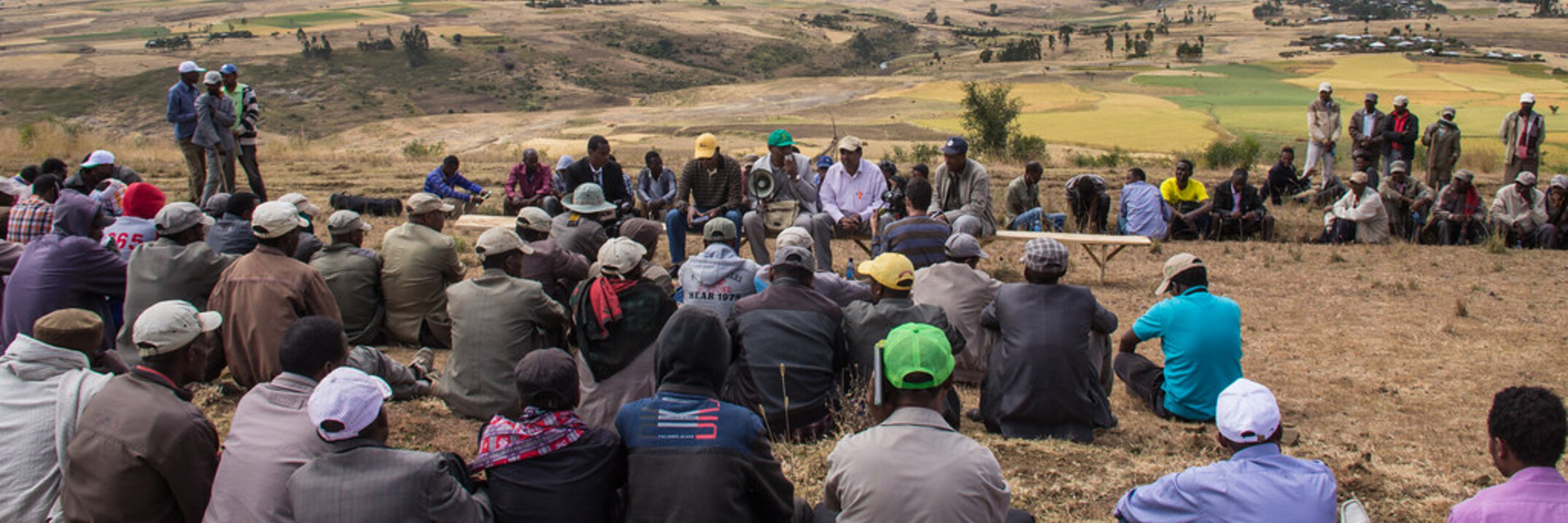Dryland biodiversity has only recently got due attention because of its potential to contribute in overcoming the effects of global challenges caused by land degradation and and climate change (FAO, 1989). More particularly, the non-tropical dryland...


